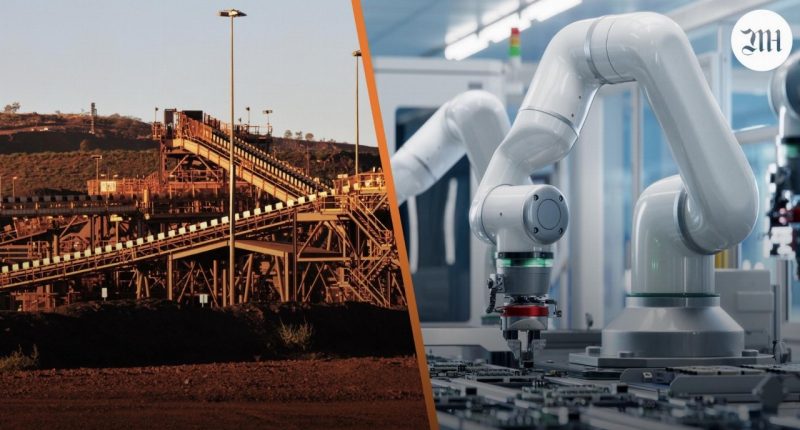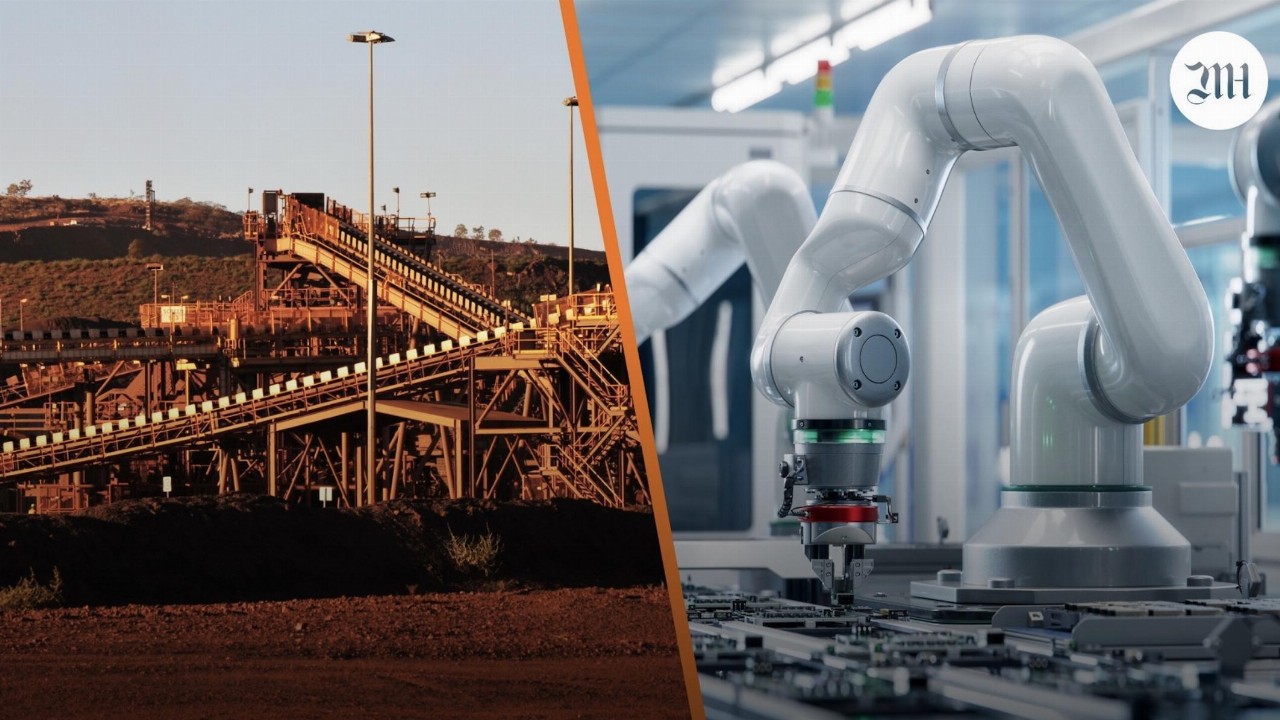Australia’s mining industry has invested $30 billion in research and development since 2005, cementing its role as a global leader in innovation, as highlighted in the recent Minerals Council of Australia’s Digital Mine report.
The 2021-22 Equinix Mining Technology Report also revealed that mining firms are making substantial investments in connectivity, telecommunications, automation, and data technology. The survey shows that 93 per cent of these companies are increasing overall technology spending.
Australian-based mining companies are at the forefront of this technological revolution, embracing various innovations on-site and in operations to enhance cost and time efficiency.
Not only that, according to the Ernst and Young top 10 business risks and opportunities for mining and metals in 2024 report, Mining executives have identified Environmental, Social, and Governance (ESG) as the most significant risk to business. This marks the third year in a row that ESG has claimed the top spot on the risk register, based on a global survey involving more than 150 participants.
Companies all over are now more conscious than ever in addressing ESG considerations.
BHP Group (ASX:BHP)
Automation technologies
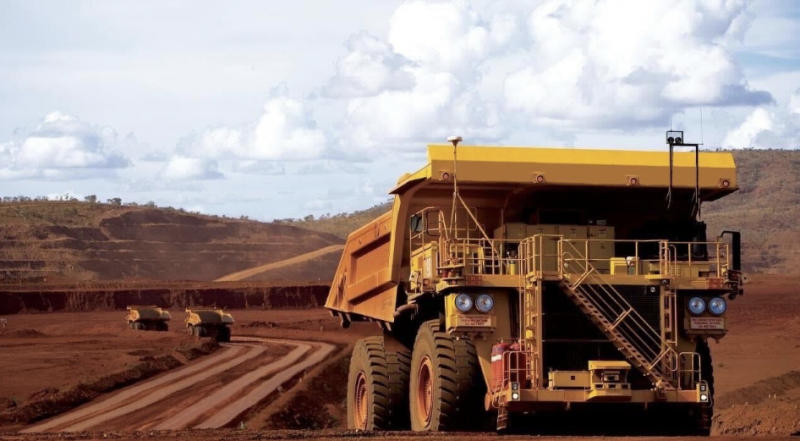
BHP has consistently been at the forefront of technological advancements, particularly in the implementation of autonomous vehicles and haulage across its Western Australian iron ore sites.
The introduction of autonomous vehicles, designed for independent operation, has significantly boosted drill productivity at BHP while concurrently reducing maintenance costs.
The Jimblebar iron ore mine, operated through an 85:15 joint venture between BHP, Mitsui, and ITOCHU, serves as a prime example of the company’s commitment to innovation.
BHP initiated its first fully autonomous haul truck fleet at Jimblebar in 2017.
The subsequent productivity gains from this autonomous haulage fleet resulted in a 20 per cent reduction in costs, offering both financial benefits and enhancing employee safety.
BHP’s foray into rail automation, marked by the implementation of a new 4G communications system and automated track signalling, represents another significant stride in the company’s pursuit of technological innovation.
Notably, BHP has already achieved full autonomy for the primary haul fleet at South Flank, Australia’s largest iron ore mine in more than 50 years.
Coordinated efforts have led to the conversion of 41 Komatsu 930e haul trucks and 185 pieces of ancillary equipment, ensuring safe operations within the site’s five Autonomous Operating Zones (AOZs).
The commitment to transitioning to autonomous haulage (AH) at South Flank was made in January 2022, less than a year after the commencement of production. The conversion process began in April of the same year, concurrent with the recruitment and training of employees for the new roles required to facilitate autonomous haulage.
As part of its broader initiative, BHP aims to achieve full autonomy at the Jimblebar iron ore mine by the end of the year.
Barton Gold Holdings (ASX:BGD)
Utilising AI and machine learning tech to drive exploration efforts
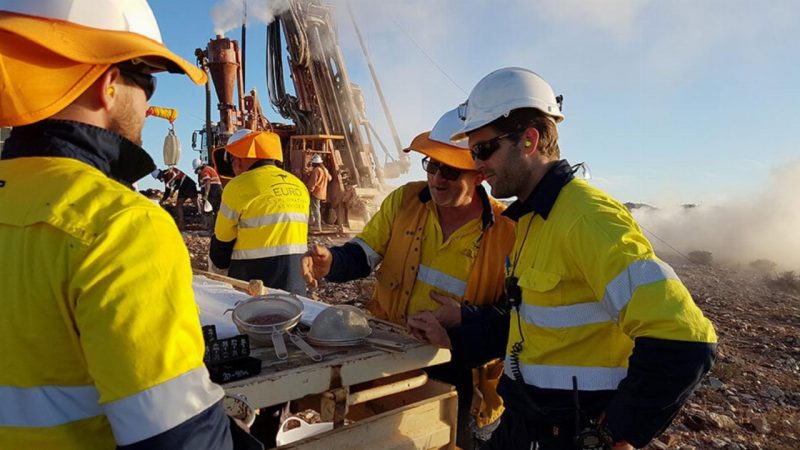
Barton Gold, a gold exploration company, is harnessing the power of artificial intelligence (AI) to revolutionise its exploration strategy.
In collaboration with SensOre (ASX:S3N), BGD has implemented Discriminant Predictive Targeting (DPT) technology, powered by AI and machine learning.
SensOre’s DPT technology acts as a sophisticated mineral deposit detective, pinpointing their location and economic potential with remarkable accuracy.
It analyses data on endowment size, grade, and depth at a granular level, paving the way for a more cost-effective and environmentally friendly exploration process.
Barton Gold has customised DPT to scan a vast 60,000 square kilometre area surrounding its tenements within the Gawler Craton project, specifically focusing on gold and copper mineralisation.
This region, despite boasting a 130-year history of high-grade gold production, remains largely unexplored in its central sectors.
Barton Gold CEO Alex Scanlon attributes this to historical emphasis on copper development and the challenges of exploration under cover, ranging from 10 metres to 1000 metres.
“The potential for AI and machine learning to rapidly accelerate exploration and data evaluation is clear. We’ve partnered with SensOre Limited to adapt their DPT targeting module,” he said.
“It’s been quite interesting working through this process and evolving the way we are thinking about data and how to use it. We’ve been working on this for a little over a year and we’re starting to see some potentially interesting targeting suggestions.
“The next steps will be for us to ‘ground truth’ these suggestions, and then go out and physically test them to validate the technology itself.”
Both Barton Gold and SensOre are confident that this AI-powered collaboration will lead to groundbreaking discoveries, not only in the target area but throughout Australia.
Magnum Mining and Exploration (ASX:MGU)
HIsmelt pig iron plant
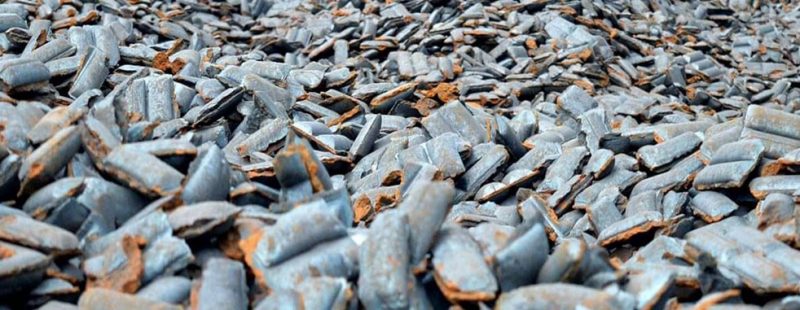
Magnum Mining and Exploration is making significant strides in enhancing its ESG profile.
In May of this year, the company entered into a substantial agreement with Shandong Molong Petroleum Machinery (Molong) and Shandong Province Metallurgical Engineering (SDM) to secure a conditional license for the construction of a HIsmelt pig iron plant.
This license encompasses the environmentally sustainable production of high-grade pig iron at Magnum’s Beuna Vista green iron project in Nevada and its West Virginia green iron project.
Magnum’s focus on green pig iron involves processing using low-emission technologies and inputs, setting it apart by being produced without coal.
Instead, it utilises the renewable input of biomass known as biochar – a solid material derived from waste materials with the capacity to store carbon for an extended period.
Moreover, Magnum has signed an agreement with Midmetal to build a HIsmelt plant in Saudi Arabia. This plant will use sustainably sourced biochar as the reductant instead of coal, eliminating CO2 production in the farming area and achieving “net-zero” emissions of CO2.
The pig iron produced can be used as a green feedstock in the production of green steel via electric furnaces.
“The HIsmelt technology is now being seen as the preferred technology capable of decarbonising the steel industry by several companies around the world,” MGU CEO Neil Goodman said.
“In 2020, the International Energy Authority compared all of the competing green steel technologies and the smelt-reduction technology of HIsmelt is the only technology that can produce green steel for the same cost of today’s blast furnaces that emit 2 tonnes of CO2 per tonne of steel.”
“With zero CO2 emitted via HIsmelt, and approximately 1.5 billion tonnes of steel presently being produced via the blast furnace route, approximately 3 billion tonnes of CO2 emissions could be eliminated by using the HIsmelt technology.” Mr Goodman said.
Magnum’s objectives align with an enhanced ESG profile, leveraging the proven HIsmelt direct smelting technology to add value to its in-house iron ore for a higher-margin product.
The supply of green pig iron for both the US and international markets is a key focus, all aimed at minimising the company’s carbon footprint.
Vulcan Energy Resources (ASX:VUL)
Adsorption method
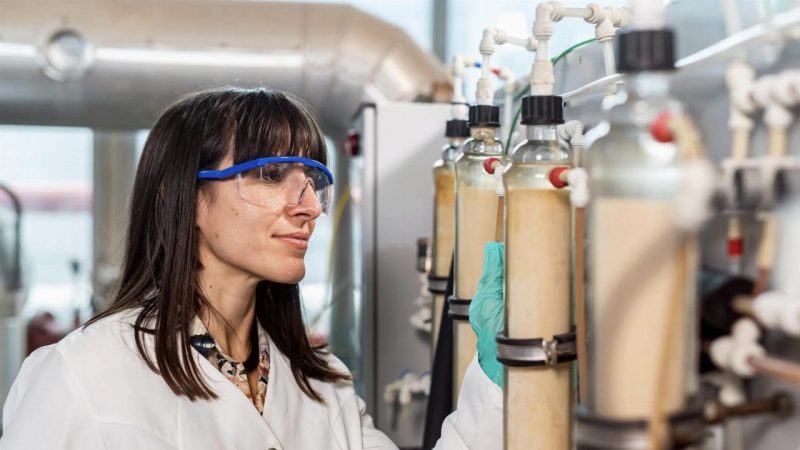
Vulcan Energy Resources, a pioneer in lithium and renewable energy production, is revolutionising sustainable lithium production with a net-zero carbon footprint.
The company’s innovative approach utilises the adsorption method of direct lithium extraction (DLE), setting a new standard for environmental friendliness.
The adsorption method employs an aluminium-based ‘sorbent’ in treatment ponds to extract lithium, eliminating the need for downstream acids and washes.
Vulcan’s patented VULSORB sorbent product, developed in Germany and France, is a crucial component of this environmentally friendly initiative.
The DLE process, using only water for downstream lithium washing, minimises waste and environmental risk, achieving an extraction efficiency exceeding 90 per cent.
Alongside the innovative extraction method, Vulcan uses geothermal energy to facilitate lithium production.
Traditionally, geothermal heat has been used to generate renewable energy by extracting hot brine from underground, bringing it to the surface to produce heat and power, and then returning the brine to the subsurface.
In Vulcan’s process, the brine, rich in both heat and lithium content, undergoes capture within the internally developed VULSORB sorbent before being reintroduced underground. This closed-cycle method not only yields lithium but also generates surplus renewable energy, providing benefits to local communities.
“In a world where automakers like Volkswagen, Stellantis, and Renault are actively seeking clean and sustainable sources of raw materials for lithium-ion batteries, Vulcan’s innovative approach offers a promising solution that aligns with environmental, social, and governance (ESG) principles,” a Vulcan Energy spokesperson said.
“It represents a major step towards more sustainable and responsible lithium production for the growing electric mobility industry.”
Vulcan aims to significantly increase lithium supply, aligning with ESG principles. The Adsorption DLE (A-DLE) technology is gaining global traction, with major players such as Rio Tinto, Albemarle, and Chevron investing in its potential to double lithium production while enhancing sustainability.
Australian mining’s path towards a sustainable future
The mining industry, a vital force driving our economy, faces a critical juncture: balancing resource demands with environmental stewardship.
Recognising this challenge, Australia, with its significant $30 billion investment in research and development since 2005, has emerged as a global leader in mining innovation, shaping the industry’s future trajectory.
In this context, mining companies are actively adopting efficiency-focused technologies to achieve both economic and environmental goals.
BHP’s automation advancements, Barton Gold’s utilisation of AI-powered exploration tools, and Magnum Mining’s dedication to producing green pig iron are exemplars of this trend.
Environmental, Social, and Governance (ESG) considerations are also increasingly taking centre stage. Magnum Mining’s HIsmelt pig iron plant and Vulcan Energy Resources’ sustainable lithium production initiatives stand out as testaments to this growing commitment.
These projects demonstrate a clear alignment with global expectations for environmentally responsible operations, shaping a more sustainable future for the mining sector.

